What is SavingsBull?
SavingsBull is an adware program that will cause ads to appear on your screen. It’s a very common type of infection which users usually pick up via freeware bundles. When they fail to pay sufficient attention to how they install free programs, they miss the adware that is attached to them. If attached items are not deselected manually, they are permitted to install alongside the free programs. 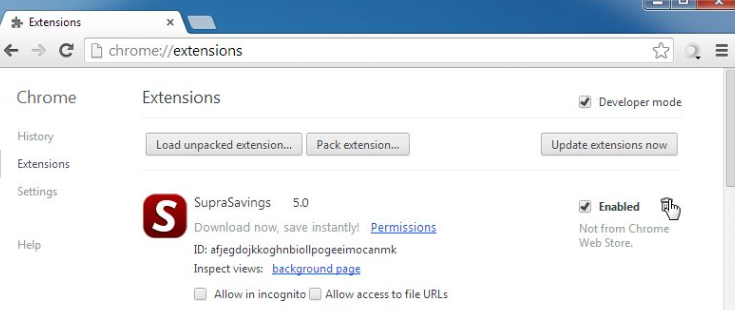
Adware is not the most dangerous infection and is not generally referred to as malware. It’s more of a potentially unwanted program (PUP), which aims to make revenue by exposing you to ads all the time. Otherwise, it shouldn’t harm your computer. However, while the adware may not be malicious itself, its generated ads are a different story as there is no way of knowing whether the ads you are shown are safe to click on. We would recommend not engaging with any of the ads if you notice adware installed because you could be exposed to unreliable content, scams and malware.
The adware may be disguised as an online shopping helper tool. When on certain shopping sites, you may see ads offering discounts and deals. You ought to be very skeptical with such ads, as any deal that seems to be too good to be true probably is. By clicking on one of those offers, you might be redirected to a shady website that would steal your money, or lead you to malware.
While adware is not exactly malicious, it still something that should not be kept on your computer. It will unnecessarily clog up your computer with ads, and possibly expose you to malicious content. Thus, it would be best if you delete SavingsBull, and do it as soon as possible.
Adware distribution methods
SavingsBull may be advertised as a shopping helper, so you may have downloaded it yourself. If that is the case, when installing programs in the future, you need to research them more carefully. A simply search of this program with Google would have shown you that it’s not a reliable program to have. However, it’s more likely that the program installed via freeware bundles. It may have been attached to popular freeware as an extra offer, which was authorized to install alongside the program. When you install freeware, it’s important to deselect those extra offers in order to prevent unwanted installations. Fortunately, it’s pretty simple to do. All you need to do is opt for Advanced (Custom) settings during installation. Those settings will make all offers visible, and allow you to deselect everything. We would recommend unchecking all the offers because they are unlikely to be of any use to you. After you have done that, you can continue installing the program.
Should you remove SavingsBull?
Adware is a very noticeable infection because ads start appearing when browsing the Internet. You will notice them on all browsers installed on the computer, including Internet Explorer, Google Chrome and Mozilla Firefox. The ad will appear in various forms, including banner ads and pop-ups. The constant flow of ads may cause your computer to run slower than you are used to and may make your browser crash.
Since this seems to be a shopping-related extension, you will primarily see ads that are related to shopping. When using online shopping websites, you may notice banners appearing somewhere on the screen, offering you the same items you are viewing but for a lower price. While there are extensions that may show you legitimate discounts and better deals, you should always be skeptical. If the deal is offered by a store you are not familiar with, do your research. Look into reviews, social media presence, etc. If very little of the store comes up, do not buy anything from it as you could easily be scammed. And again, when a deal looks too good to be true, it very likely is. Not only would you be paying for something you will not get, but you may also be giving away your credit card details to potential scammers.
In addition to shopping-related adverts, you may also get ads offering you to download programs or updates. These kinds of ads can be particularity dangerous because the offered programs often turn out to be malware or other unwanted programs. This is why ads are not reliable download sources. Even if you are offered a program you know to be legitimate and safe, do not download it from an ad. Instead, go the official website or a browser store and get it from there. You may also see update notifications appearing in ad form, and those are certainly fake. You will never be notified about a legitimate update this way.
We should also mention that adware tracks users, recording information about them. It is interested in what kinds of sites you visit, what you search for, your location, your browsing habits, etc. That information would then be used to make more personalized ads, which you would be more likely to interact with. The more you interact with ads, the more revenue adware can make. In addition to all this, the data about you can then be shared with unknown third-parties without your permission.
SavingsBull removal
You can uninstall SavingsBull manually if you prefer to take care of the infection yourself. However, it may be a bit difficult if you have little experience with dealing with such infections. You may try our provided instructions below this article to help you. If you are unsuccessful in removing it yourself, opt for SavingsBull removal via anti-malware software. There are plenty of programs that will detect and get rid of the program for you.
Here’s how SavingsBull is detected by anti-malware:
- Win32:BullSave-F [Adw] by AVG/Avast
- Win32/AdWare.Adpeak.I by ESET
- not-a-virus:HEUR:AdWare.Win32.AdPeak.heur by Kaspersky
- PUP.Optional.SavingsBull by Malwarebyrtes
- PUA:Win32/CouponarificAds by Microsoft
- ADW_ADPEAK by TrendMicro
Offers
Download Removal Toolto scan for SavingsBullUse our recommended removal tool to scan for SavingsBull. Trial version of provides detection of computer threats like SavingsBull and assists in its removal for FREE. You can delete detected registry entries, files and processes yourself or purchase a full version.
More information about SpyWarrior and Uninstall Instructions. Please review SpyWarrior EULA and Privacy Policy. SpyWarrior scanner is free. If it detects a malware, purchase its full version to remove it.

WiperSoft Review Details WiperSoft (www.wipersoft.com) is a security tool that provides real-time security from potential threats. Nowadays, many users tend to download free software from the Intern ...
Download|more


Is MacKeeper a virus? MacKeeper is not a virus, nor is it a scam. While there are various opinions about the program on the Internet, a lot of the people who so notoriously hate the program have neve ...
Download|more


While the creators of MalwareBytes anti-malware have not been in this business for long time, they make up for it with their enthusiastic approach. Statistic from such websites like CNET shows that th ...
Download|more
Quick Menu
Step 1. Uninstall SavingsBull and related programs.
Remove SavingsBull from Windows 8
Right-click in the lower left corner of the screen. Once Quick Access Menu shows up, select Control Panel choose Programs and Features and select to Uninstall a software.
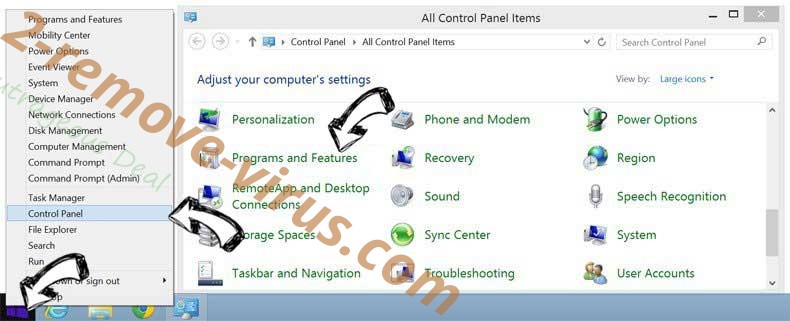

Uninstall SavingsBull from Windows 7
Click Start → Control Panel → Programs and Features → Uninstall a program.
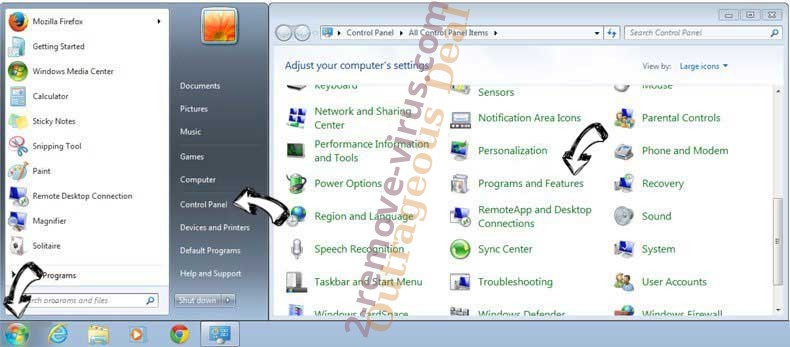

Delete SavingsBull from Windows XP
Click Start → Settings → Control Panel. Locate and click → Add or Remove Programs.
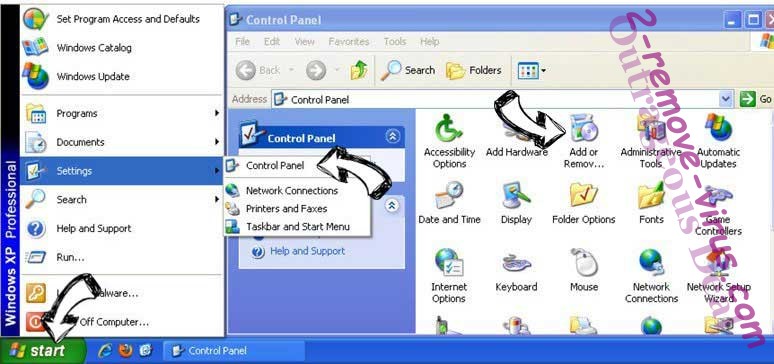

Remove SavingsBull from Mac OS X
Click Go button at the top left of the screen and select Applications. Select applications folder and look for SavingsBull or any other suspicious software. Now right click on every of such entries and select Move to Trash, then right click the Trash icon and select Empty Trash.


Step 2. Delete SavingsBull from your browsers
Terminate the unwanted extensions from Internet Explorer
- Tap the Gear icon and go to Manage Add-ons.

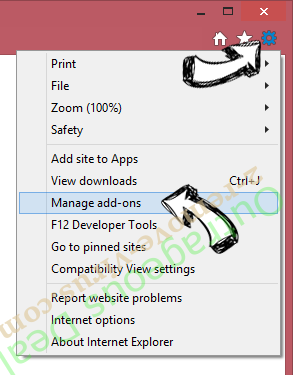
- Pick Toolbars and Extensions and eliminate all suspicious entries (other than Microsoft, Yahoo, Google, Oracle or Adobe)

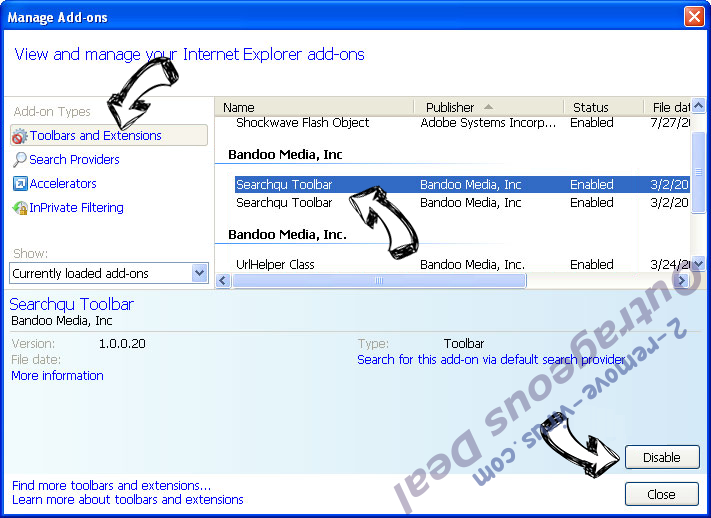
- Leave the window.
Change Internet Explorer homepage if it was changed by virus:
- Tap the gear icon (menu) on the top right corner of your browser and click Internet Options.

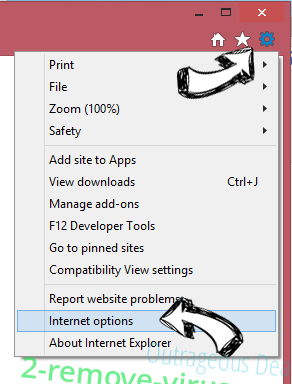
- In General Tab remove malicious URL and enter preferable domain name. Press Apply to save changes.

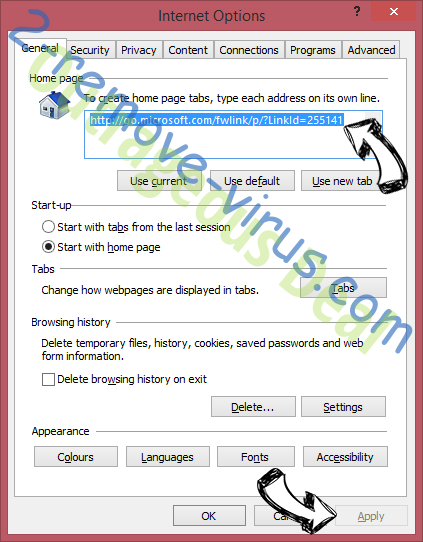
Reset your browser
- Click the Gear icon and move to Internet Options.

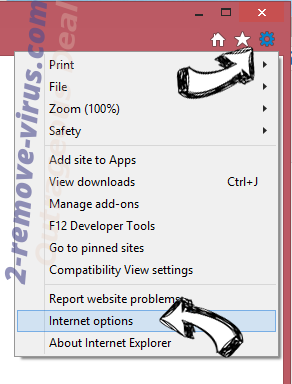
- Open the Advanced tab and press Reset.

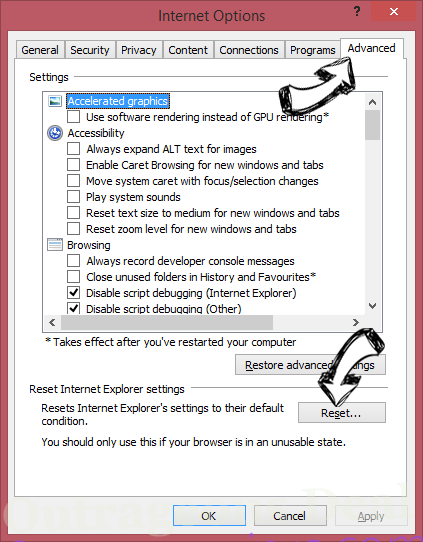
- Choose Delete personal settings and pick Reset one more time.

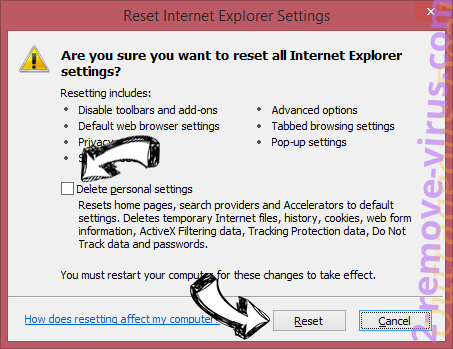
- Tap Close and leave your browser.

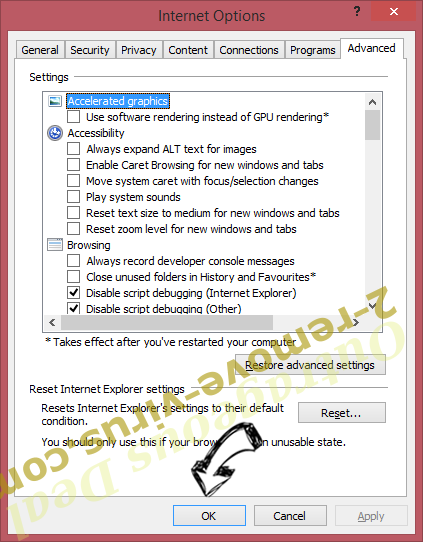
- If you were unable to reset your browsers, employ a reputable anti-malware and scan your entire computer with it.
Erase SavingsBull from Google Chrome
- Access menu (top right corner of the window) and pick Settings.

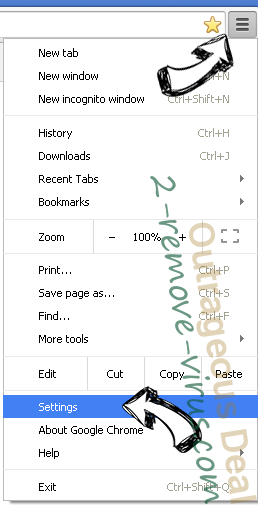
- Choose Extensions.

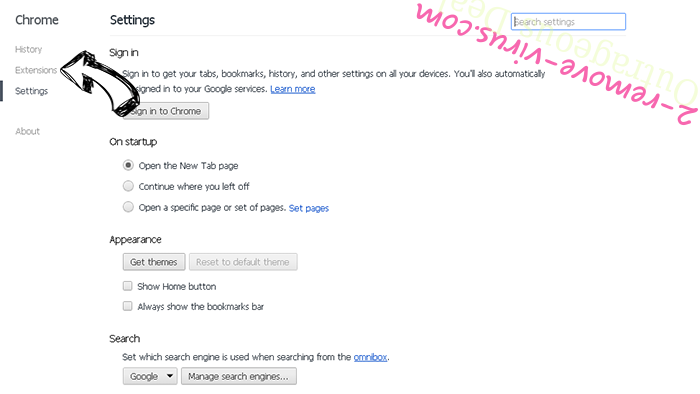
- Eliminate the suspicious extensions from the list by clicking the Trash bin next to them.

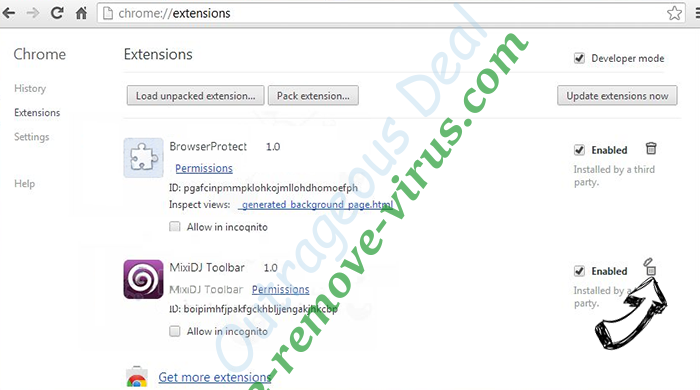
- If you are unsure which extensions to remove, you can disable them temporarily.

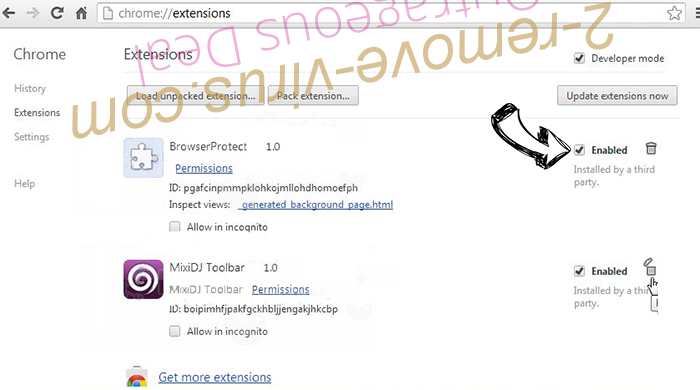
Reset Google Chrome homepage and default search engine if it was hijacker by virus
- Press on menu icon and click Settings.

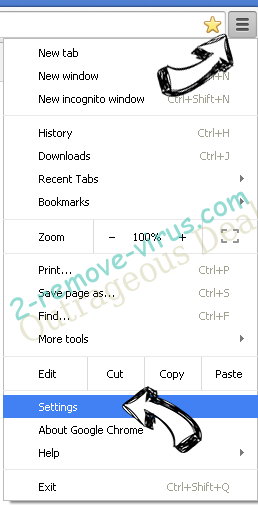
- Look for the “Open a specific page” or “Set Pages” under “On start up” option and click on Set pages.

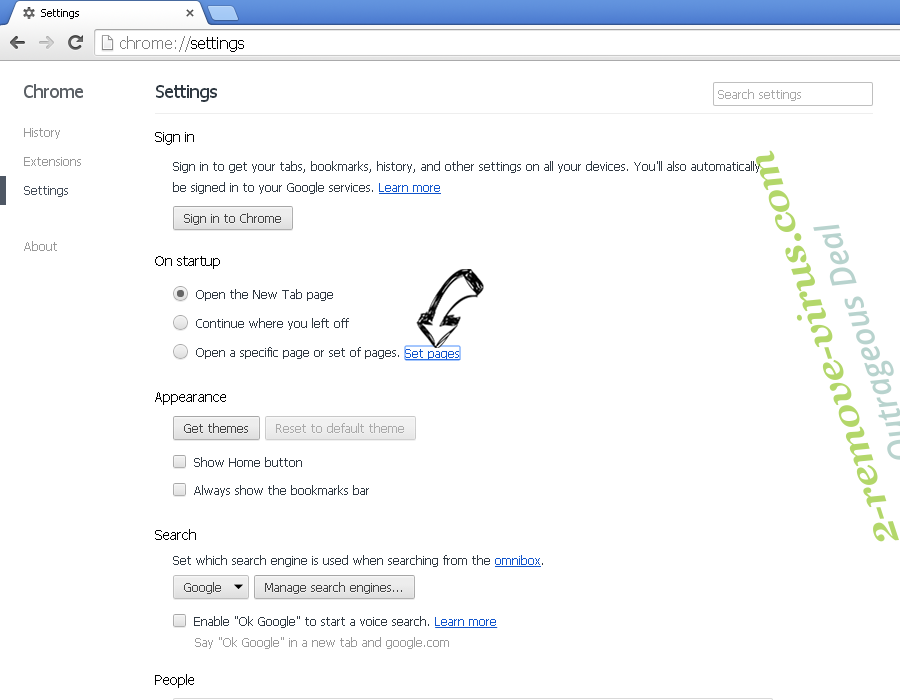
- In another window remove malicious search sites and enter the one that you want to use as your homepage.

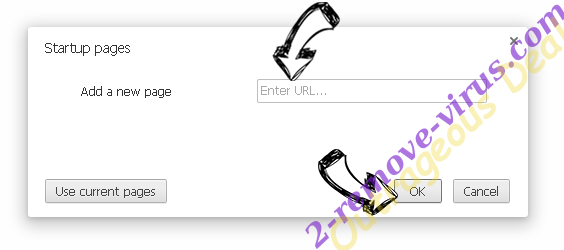
- Under the Search section choose Manage Search engines. When in Search Engines..., remove malicious search websites. You should leave only Google or your preferred search name.



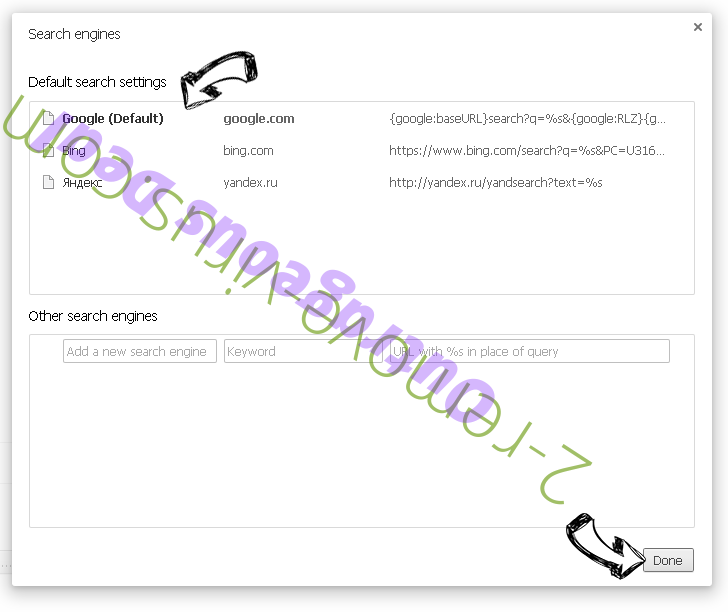
Reset your browser
- If the browser still does not work the way you prefer, you can reset its settings.
- Open menu and navigate to Settings.

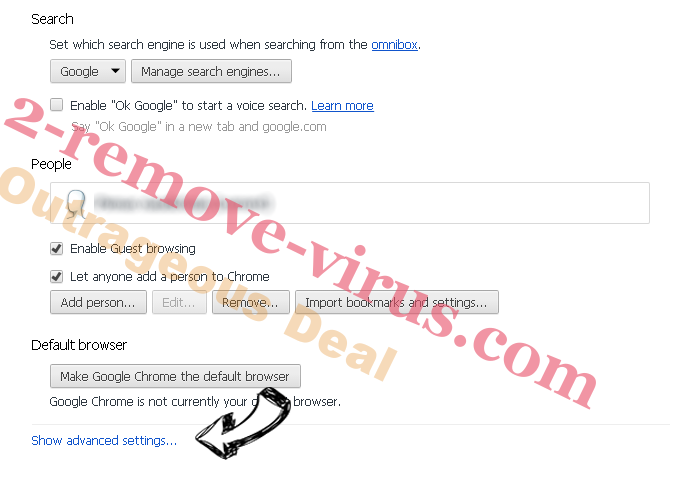
- Press Reset button at the end of the page.

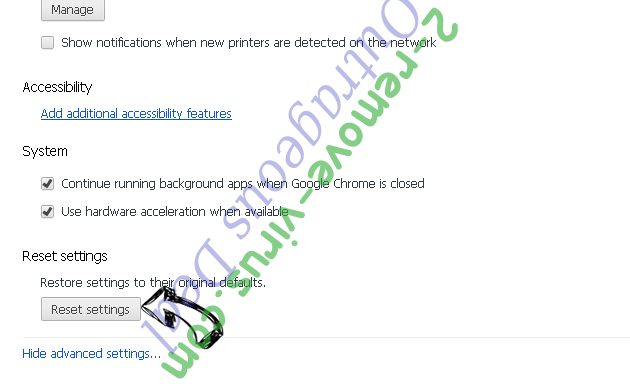
- Tap Reset button one more time in the confirmation box.


- If you cannot reset the settings, purchase a legitimate anti-malware and scan your PC.
Remove SavingsBull from Mozilla Firefox
- In the top right corner of the screen, press menu and choose Add-ons (or tap Ctrl+Shift+A simultaneously).

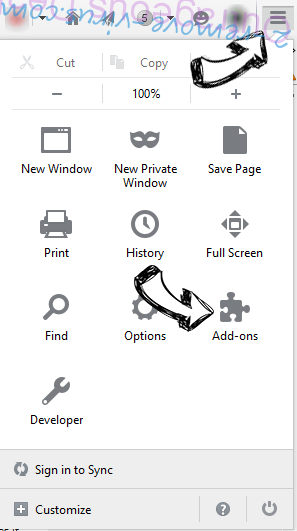
- Move to Extensions and Add-ons list and uninstall all suspicious and unknown entries.

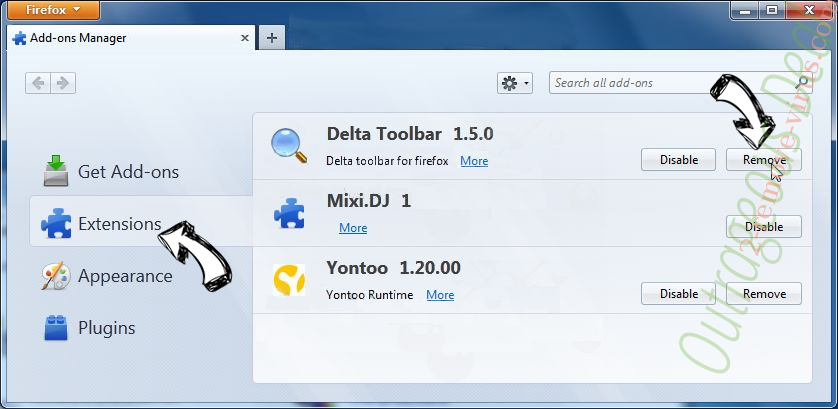
Change Mozilla Firefox homepage if it was changed by virus:
- Tap on the menu (top right corner), choose Options.

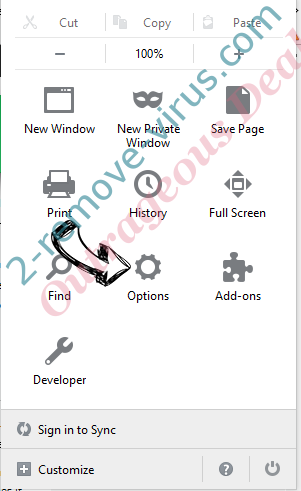
- On General tab delete malicious URL and enter preferable website or click Restore to default.

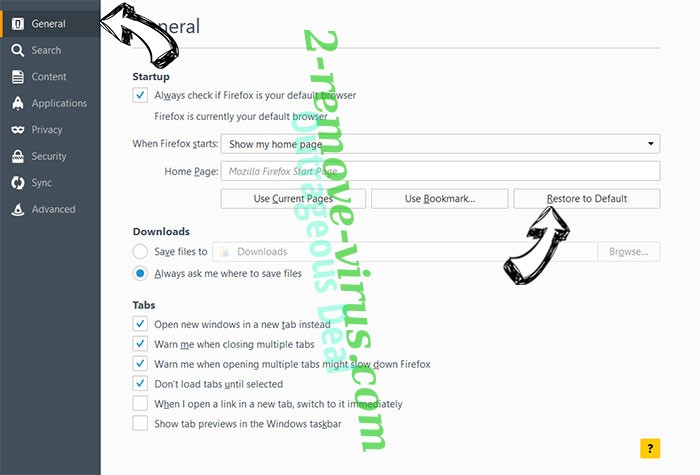
- Press OK to save these changes.
Reset your browser
- Open the menu and tap Help button.

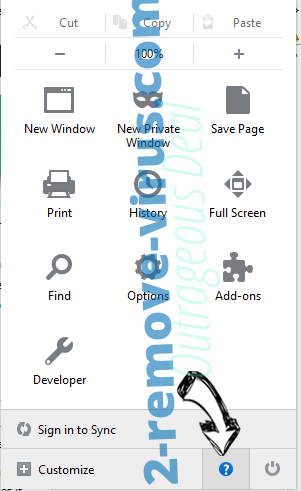
- Select Troubleshooting Information.

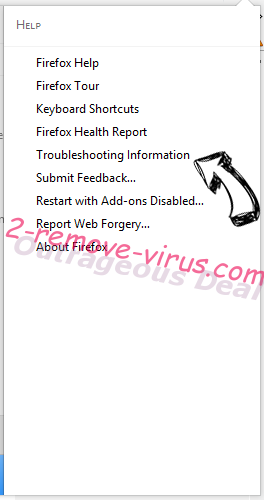
- Press Refresh Firefox.


- In the confirmation box, click Refresh Firefox once more.

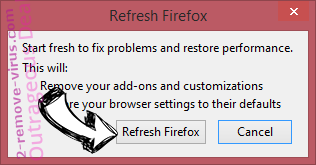
- If you are unable to reset Mozilla Firefox, scan your entire computer with a trustworthy anti-malware.
Uninstall SavingsBull from Safari (Mac OS X)
- Access the menu.
- Pick Preferences.

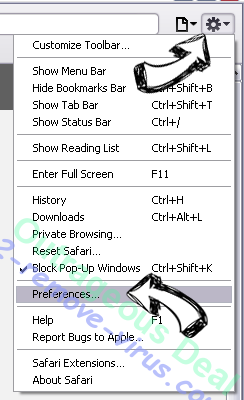
- Go to the Extensions Tab.

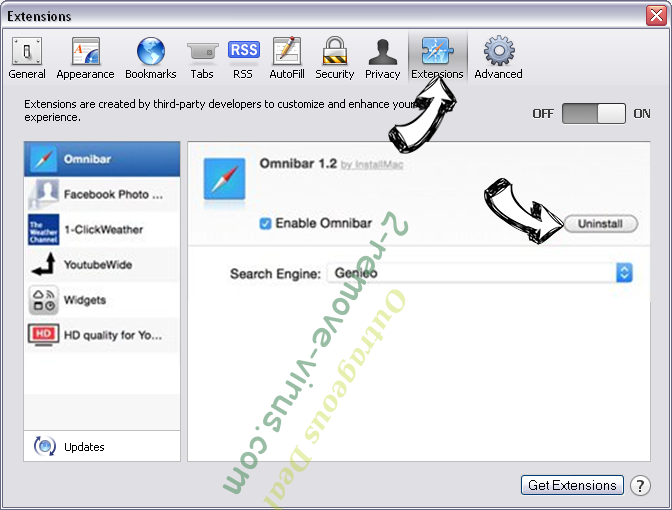
- Tap the Uninstall button next to the undesirable SavingsBull and get rid of all the other unknown entries as well. If you are unsure whether the extension is reliable or not, simply uncheck the Enable box in order to disable it temporarily.
- Restart Safari.
Reset your browser
- Tap the menu icon and choose Reset Safari.

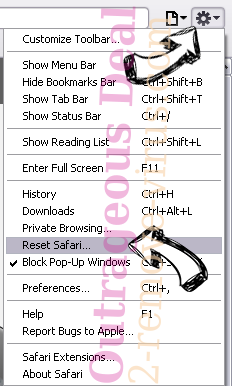
- Pick the options which you want to reset (often all of them are preselected) and press Reset.

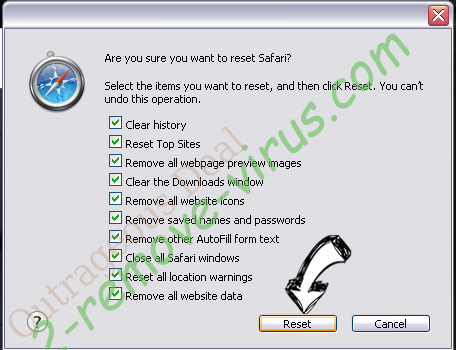
- If you cannot reset the browser, scan your whole PC with an authentic malware removal software.
Site Disclaimer
2-remove-virus.com is not sponsored, owned, affiliated, or linked to malware developers or distributors that are referenced in this article. The article does not promote or endorse any type of malware. We aim at providing useful information that will help computer users to detect and eliminate the unwanted malicious programs from their computers. This can be done manually by following the instructions presented in the article or automatically by implementing the suggested anti-malware tools.
The article is only meant to be used for educational purposes. If you follow the instructions given in the article, you agree to be contracted by the disclaimer. We do not guarantee that the artcile will present you with a solution that removes the malign threats completely. Malware changes constantly, which is why, in some cases, it may be difficult to clean the computer fully by using only the manual removal instructions.
